 A quick look at a selection of the contents of the new issue.
A quick look at a selection of the contents of the new issue.
RESEARCHING MEDIEVAL
ANCESTORS
With professional genealogist Chris Paton, discover routes to learning about your family in the Middle Ages.
JIMMY MILLER – ‘MY FAMOUS FOOTBALLER ANCESTOR’
Researcher Lisa Edwards discovers a true champion in her tree.
ENHANCE YOUR FAMILY HISTORY WITH MAPS, PHOTOS & TAX RECORDS
Family Tree Academy tutor David Annal demonstrates how to weave together clues found in several documents to take your research to the next level.
WHY CAN’T | FIND MY IRISH ANCESTORS?
Professional researcher David Ryan has solutions to help you.
THE HISTORY OF THE BRITISH PUB
CAMRA supporter Mike Bedford tells the history of these much-loved institutions.
THE LESSONS | LEARNT WHEN | STARTED DNA
DNA advisor Karen Evans shares tips to help you navigate some of the stumbling blocks you may encounter on your first
foray into DNA.
I’m always interested to see the new books profiled, many of which are not yet, and may never be available in bookatores in Canada.
How Finland survived Stalin: from winter war to cold war
by Kimmon Rentola
Published by Yale University Press at £25 (hardback), ISBN
978000273618.
Iron, stone and steam: Britain’s railway empire
by Tim Bryan
Published by Amberley Publishing at £25
(hardback), ISBN 9781398112698.
Has anybody here seen Kelly?: In search of my
father |
by Joe Cushnan
Published by FeedARead (paperback) at £6.99, ISBN
9781803022451. [Published 2021]
IT Girls: Pioneering Women in Computing
by John S. Croucher
Published by Amberley Publishing (hardback) at
£22.99. ISBN 9781398112292.


 A database of the records of eleven London livery companies can be searched on the website of
A database of the records of eleven London livery companies can be searched on the website of 
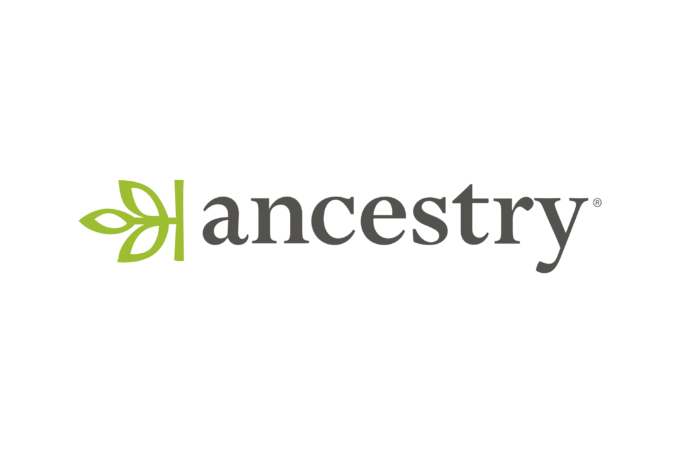 A huge new collection of 45,527,734 people.
A huge new collection of 45,527,734 people. 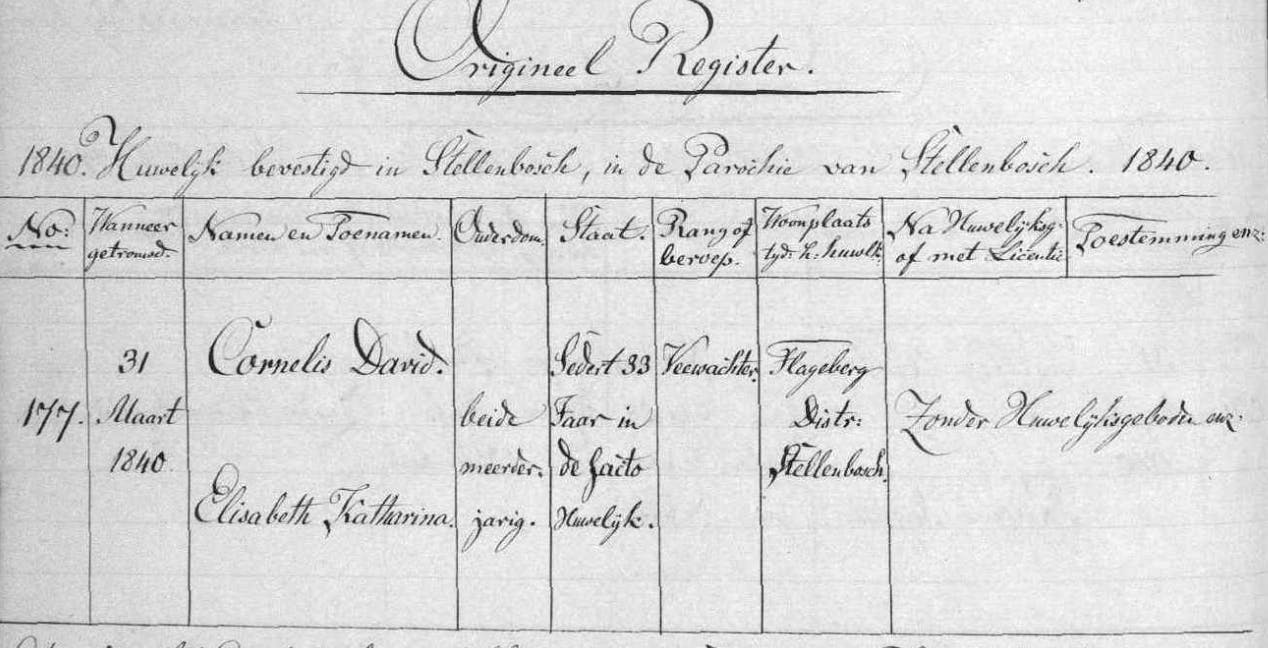
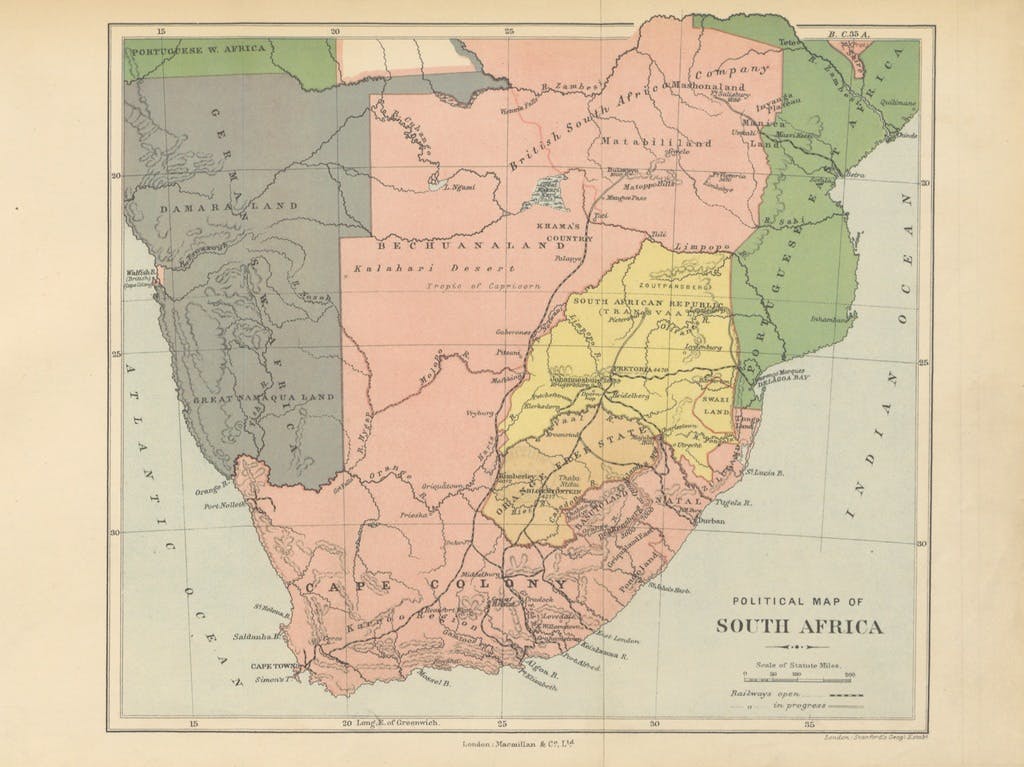
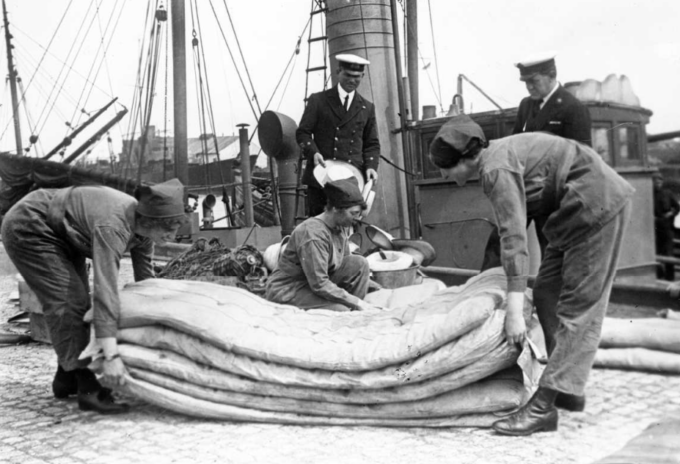
 Here’s the lineup for the online-only BIFHSGO meeting on Saturday.
Here’s the lineup for the online-only BIFHSGO meeting on Saturday. The
The 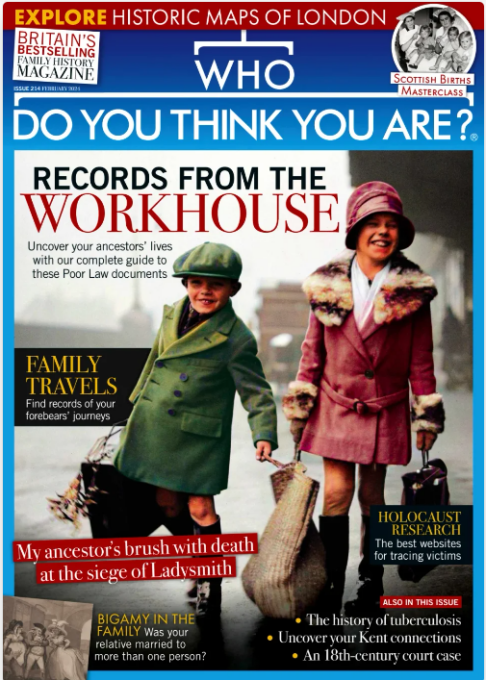 A quick look at some of the the contents in the latest issue.
A quick look at some of the the contents in the latest issue.